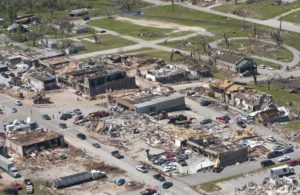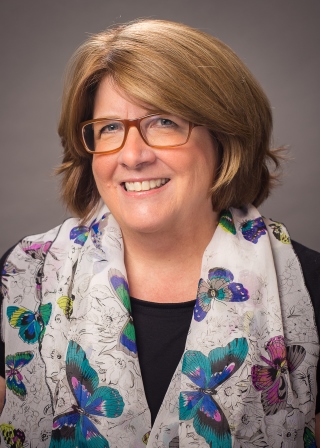By Louise Knauer, Chief Operating Officer for the Community Foundation of the Ozarks
This week, TFN’s Philanthropic Preparedness, Resiliency and Emergency Partnership (PPREP) convened in Springfield, Mo., to explore the intersections of land-use decisions, community resilience and equitable disaster preparation and recovery. Our meeting was hosted by the amazing team at the Community Foundation of the Ozarks, a member of our PPREP cohort. Here, CFO’s Chief Operating Officer Louise Knauer offers her insights on a post originally shared via the Center for Disaster Philanthropy.
Fifteen years ago, the Community Foundation of the Ozarks (CFO) started its first disaster response when a high-end F3 tornado killed three and destroyed much of downtown Stockton, Mo., a county seat with a lovely sailing lake. It’s an easy date to remember – 05/04/03.
At the time, the Stockton Community Foundation was a year-old member of the CFO’s affiliate network. Its president, Brian Hammons, third-generation leader of his family’s black-walnut business, wasn’t sure exactly how the CFO could help, but he was sure he needed to muster all the help he could find.

Neither I nor current CFO President, Brian Fogle, worked at the Foundation in 2003. I was the spokesperson for the City of Springfield, Mo., where the CFO is based. Brian was a community development banker for Great Southern Bank, which had a couple of walls and two vaults left standing at its Stockton branch. Then-CFO President Dr. Gary Funk tapped us, among others, to figure out how the CFO could support Stockton’s recovery.
My city colleagues found our niche helping the community focus on recovery priorities through engagement activities. Gary and Brian worked with the Hammons family to establish a charitable fund to encourage an intentional planning process and also a community development corporation to offer gap financing to help businesses rebuild.
Our methods seem so quaint today – we tacked up flyers and hauled flip charts and paper surveys to community meetings – no social media, no Survey Monkey, maybe a PowerPoint. Gary, Brian, and Brian and Dwain Hammons sketched out the CDC’s framework on paper napkins.
The contrast seems especially striking this week, 15 years and multiple natural disasters later. Today, the CFO is part of the Funders’ Network for Smart Growth and Livable Communities‘ Philanthropic Preparedness Resiliency and Emergency Partnership (PPREP), a cohort of Midwestern community foundations and regional grantmaking associations. The Center for Disaster Philanthropy serves as the curriculum development and technical assistance partner for the program. The cohort met in Springfield this week for topical learning about mission-related investing, adaptive land use, mitigation strategies and civic architectural design within the context of natural disaster recovery.
Our training marries very real experience and insight from natural disasters within our cohort’s 18 regions with knowledge from experts in planning, nonprofit, government, natural resource and related fields.
Last year, the CFO experienced another disaster first – massive spring flooding on the national scenic rivers in south-central Missouri that washed out towns and the river-related economic base that sustains one of the nation’s poorest regions. It was a classic low-attention disaster in a sparsely populated area; we opened traditional recovery funds, but knew we needed to do more.
Read the full post on the Center for Disaster Philanthropy blog here.
About The Author

Louise Knauer is the Chief Operating Officer for the Community Foundation of the Ozarks. She can be reached at lknauer@cfozarks.org.
